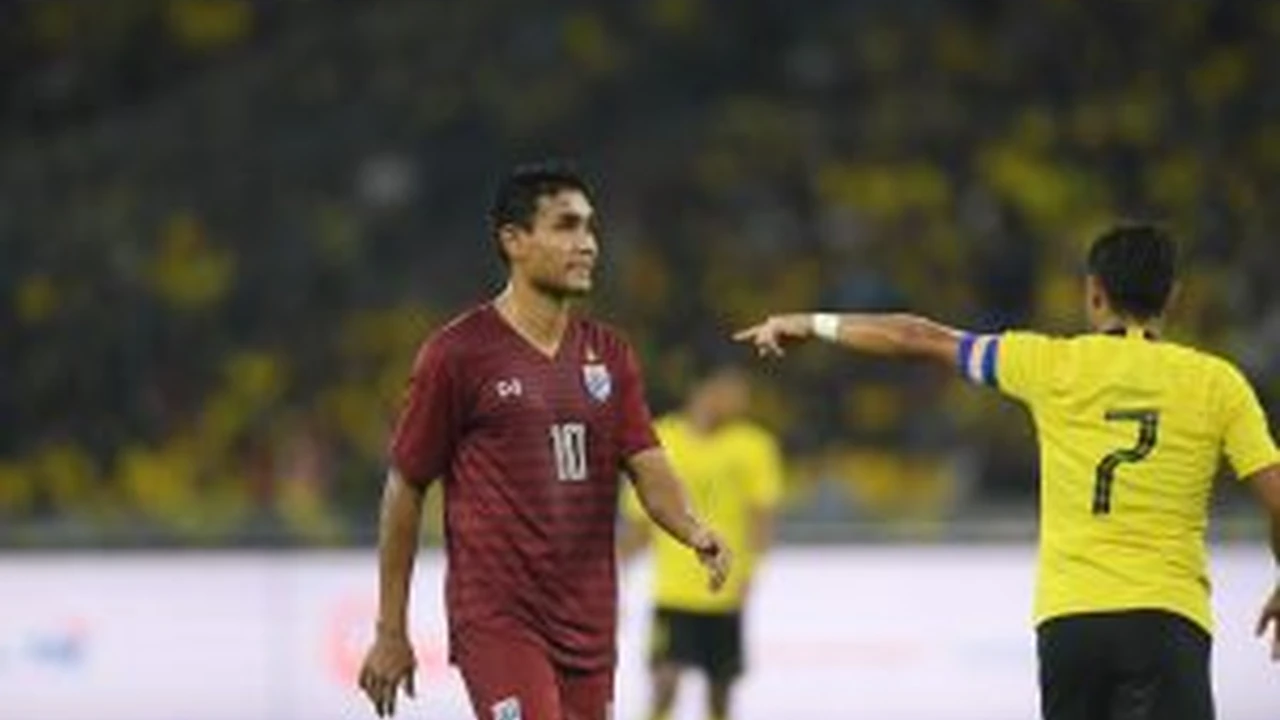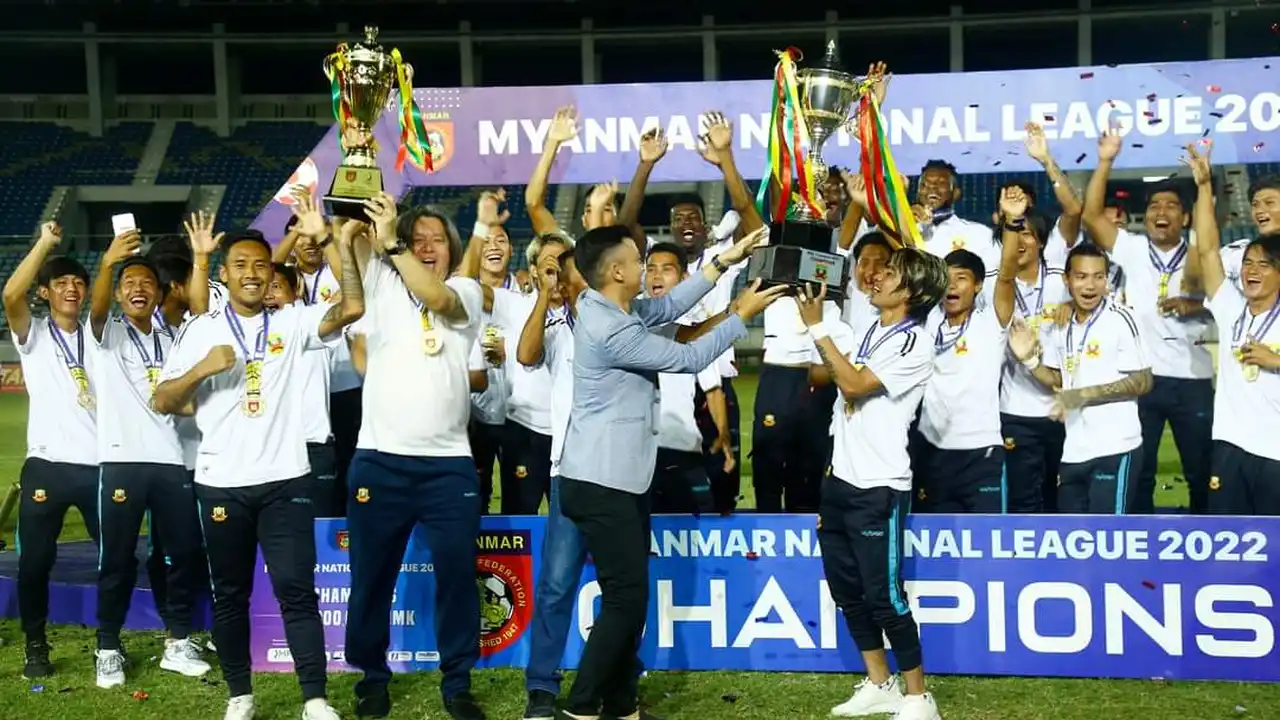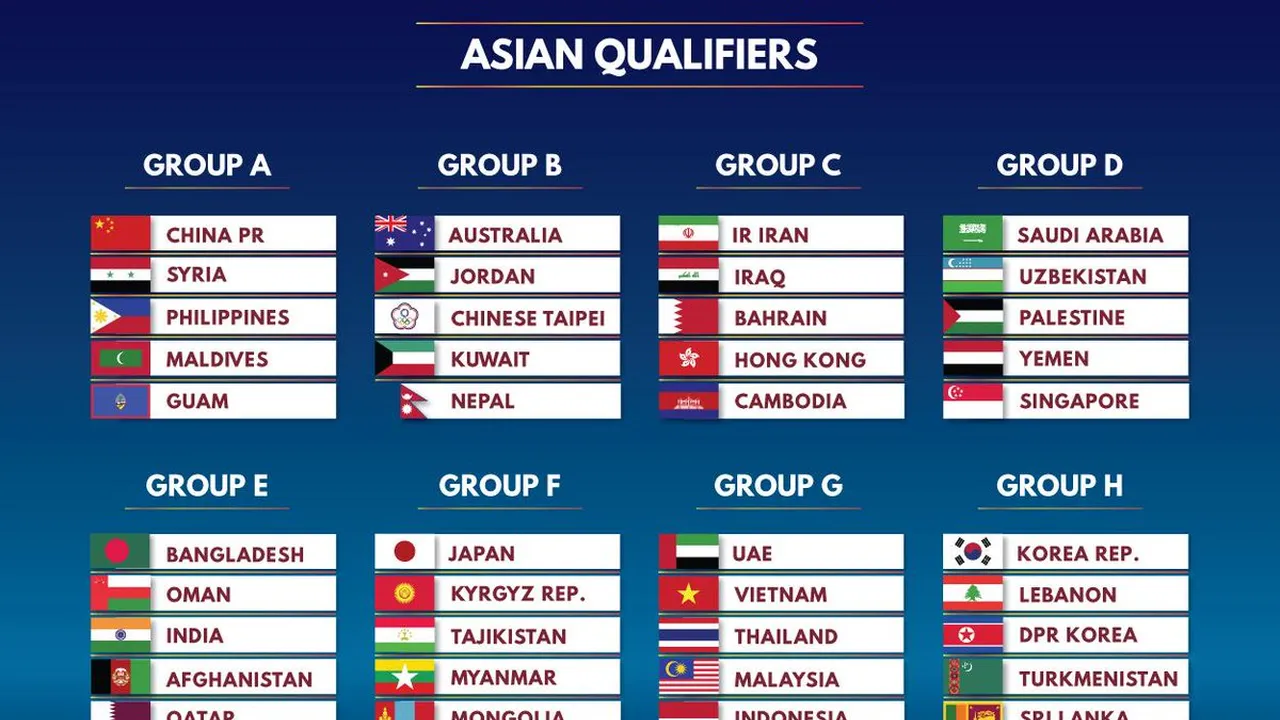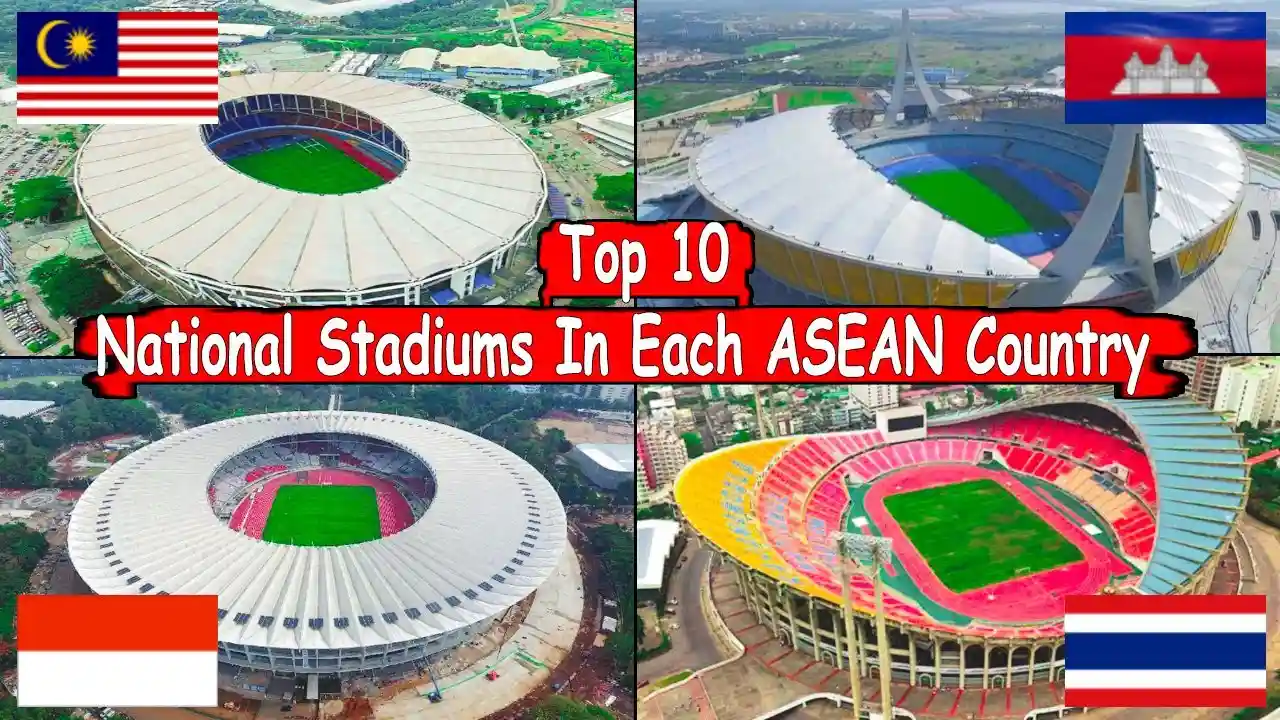Comparing youth soccer development strategies across Southeast Asia

Introduction Southeast Asian Soccer Youth Development Landscape
Alright folks, let's dive headfirst into the fascinating world of Southeast Asian youth soccer. It's a region buzzing with potential, a hotbed of talent just waiting to explode onto the global stage. But how exactly are these countries nurturing their young ballers? What strategies are they employing to build the next generation of stars? We're going to compare and contrast the approaches of a few key players in the region, looking at what's working, what's not, and what we can learn from it all.
National Football Associations' Youth Academies Southeast Asia
First up, let's talk about the big leagues – the national football associations. Many have invested heavily in youth academies, aiming to create structured pathways for young players. Think of it like a soccer factory, churning out technically gifted and tactically aware youngsters. These academies often have state-of-the-art facilities, qualified coaches, and comprehensive training programs. We’re talking about things like specialized skill drills, tactical workshops, strength and conditioning, and even nutritional guidance. The goal? To mold raw talent into polished professionals.
However, these academies can be quite selective, often favoring players from urban areas or those with existing connections. This can leave a lot of potential talent undiscovered in rural areas or among less privileged communities. It’s a challenge to ensure equal opportunities for all aspiring young footballers.
Grassroots Soccer Programs Southeast Asia Community Engagement
Now, let's shift our focus to the grassroots level. These programs are the lifeblood of soccer development, reaching kids in their communities, schools, and even on the streets. They're all about making soccer accessible to everyone, regardless of their background or ability. Think of it as planting the seeds of soccer passion in the hearts of young children. Grassroots programs often focus on fun, participation, and developing fundamental skills. They create a positive and inclusive environment where kids can learn to love the game and develop a lifelong appreciation for soccer.
The beauty of grassroots programs is their flexibility. They can be adapted to local contexts, using whatever resources are available. Whether it's a dusty field in a rural village or a well-maintained park in a city, the focus is on getting kids involved and having fun. But funding can be a major hurdle. Grassroots programs often rely on volunteers and donations, making it difficult to sustain long-term initiatives.
School Soccer Programs Southeast Asia Education Integration
Integrating soccer into the school curriculum is another key strategy. It's a win-win situation: kids get regular exercise and develop their soccer skills, while schools benefit from increased participation in sports and a stronger sense of community. School soccer programs can range from informal lunchtime games to organized leagues and competitions. They provide a structured environment for kids to learn the basics of the game and develop their teamwork skills. Plus, it's a great way to identify talented players who might otherwise go unnoticed.
The challenge is that not all schools have the resources or expertise to run effective soccer programs. Teacher training is crucial, as is providing schools with the necessary equipment and facilities. It also requires a shift in mindset, recognizing the value of sports as an integral part of education.
Private Soccer Academies Southeast Asia Investment Opportunities
The rise of private soccer academies in Southeast Asia is an interesting trend. These academies are often run by entrepreneurs or former professional players, offering specialized training programs for aspiring footballers. They can provide a more intensive and personalized approach than traditional academies, focusing on individual player development. Think of it as a boutique soccer experience, tailored to the specific needs and goals of each player.
Private academies often attract players who are willing to invest in their own development. They offer advanced coaching techniques, video analysis, and even opportunities to play in international tournaments. However, they can be quite expensive, making them inaccessible to many talented players from lower-income families. This raises concerns about equity and ensuring that talent isn't limited by financial constraints.
Coaching Education Southeast Asia Talent Identification
You can't have great players without great coaches. Investing in coaching education is crucial for raising the overall standard of soccer in Southeast Asia. Well-trained coaches are better equipped to identify and nurture talent, design effective training programs, and create a positive learning environment. They can also instill important values such as teamwork, discipline, and sportsmanship. Coaching education programs should cover a wide range of topics, from technical skills and tactical awareness to player psychology and injury prevention. They should also be accessible to coaches at all levels, from grassroots volunteers to professional academy staff.
Technology Integration Soccer Training Southeast Asia
In the modern age, technology is transforming the way soccer is played and coached. From GPS trackers that monitor player performance to video analysis software that breaks down game footage, technology is providing coaches with valuable insights and tools. Wearable technology, like heart rate monitors and accelerometers, can help coaches track player fatigue and optimize training loads. Virtual reality simulations can provide players with immersive training experiences, allowing them to practice decision-making in a safe and controlled environment. The key is to use technology wisely and ethically, ensuring that it enhances the player experience and doesn't replace the human element of coaching.
Product Recommendations for Youth Soccer Development
Okay, let's get practical. If you're serious about youth soccer development, here are a few products that can make a real difference:
GPS Trackers for Performance Monitoring
Product: Catapult Playr GPS Tracker
Usage Scenario: This tracker is perfect for monitoring player performance during training sessions and games. It tracks metrics like distance covered, speed, acceleration, and heart rate. Coaches can use this data to optimize training loads, identify areas for improvement, and prevent injuries.
Comparison: Compared to cheaper GPS trackers, the Catapult Playr offers more accurate data and a user-friendly app. It's also more durable and designed for the rigors of soccer training.
Price: Around $250-$300.
Video Analysis Software for Tactical Improvement
Product: Hudl
Usage Scenario: Hudl is a powerful video analysis platform that allows coaches to record, analyze, and share game footage. Coaches can use it to break down plays, identify tactical weaknesses, and provide players with personalized feedback. Players can also use Hudl to review their own performances and learn from their mistakes.
Comparison: Hudl is more comprehensive and feature-rich than basic video editing software. It offers advanced analytics, drawing tools, and the ability to create custom playlists.
Price: Subscription-based, ranging from $100-$500 per month depending on the features and number of users.
Agility Cones for Speed and Agility Training
Product: Pro Agility Cones Set
Usage Scenario: Agility cones are essential for developing speed, agility, and coordination. They can be used to create a variety of drills that challenge players' footwork, balance, and reaction time. They're perfect for warm-ups, cool-downs, and specialized agility training sessions.
Comparison: Look for cones made from durable, weather-resistant materials. Some cones also come with carrying bags for easy storage and transport.
Price: A set of 50 cones typically costs around $20-$30.
Portable Soccer Goals for Training and Practice
Product: Pop-Up Soccer Goals
Usage Scenario: Portable soccer goals are ideal for training in locations without permanent goals, such as parks or fields. They are lightweight, easy to set up, and can be packed away quickly. Perfect for small-sided games and shooting practice.
Comparison: Look for goals that are durable, weather-resistant, and easy to assemble. Some goals also come with carrying bags and ground stakes for added stability.
Price: A pair of pop-up goals can range from $30-$100 depending on the size and quality.
First Aid Kit for Injuries and Emergencies
Product: Complete First Aid Kit
Usage Scenario: A well-stocked first aid kit is crucial for any soccer team. It should include essential supplies for treating common injuries such as cuts, scrapes, sprains, and bruises. It's also important to have supplies for dealing with more serious emergencies, such as heatstroke or allergic reactions.
Comparison: Look for a kit that is compact, organized, and easy to carry. It should include items such as bandages, antiseptic wipes, pain relievers, and a cold pack.
Price: A comprehensive first aid kit typically costs around $20-$50.
The Future of Southeast Asian Youth Soccer Development
So, what does the future hold for Southeast Asian youth soccer? It's a region with immense potential, but also faces significant challenges. By investing in grassroots programs, improving coaching education, and embracing technology, Southeast Asian countries can create a brighter future for their young footballers. It's a journey that requires dedication, collaboration, and a unwavering commitment to developing the next generation of stars. And with the right strategies in place, Southeast Asia could become a major force in the global soccer landscape.
:max_bytes(150000):strip_icc()/277019-baked-pork-chops-with-cream-of-mushroom-soup-DDMFS-beauty-4x3-BG-7505-5762b731cf30447d9cbbbbbf387beafa.jpg)






